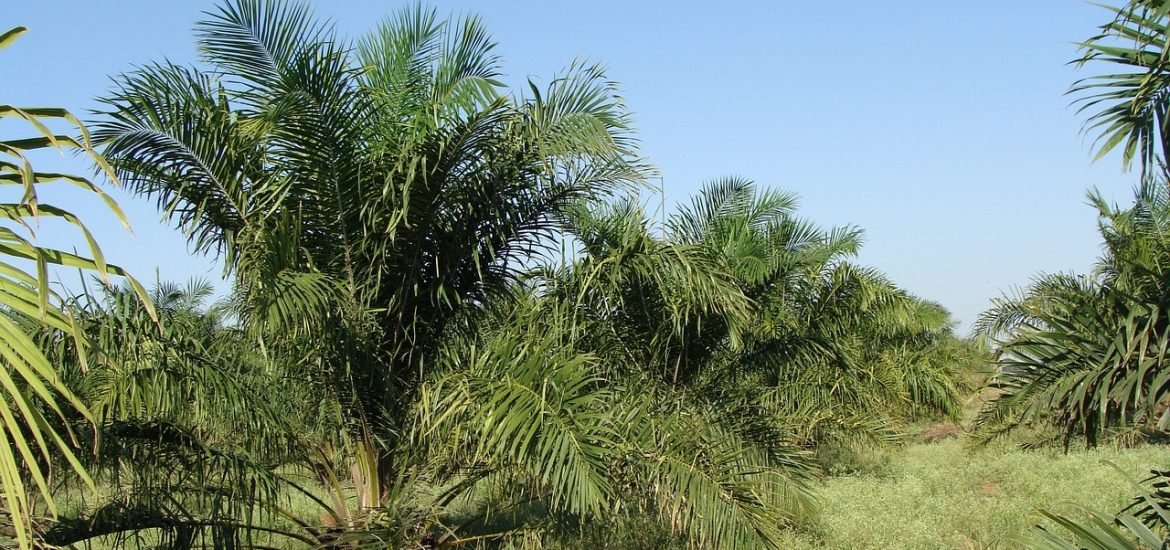
Areas of trees in the middle of oil palm plantations can increase biodiversity without reducing productivity, according to a study published in Nature. This experiment started over ten years ago when a group of researchers from the University of Gottingen, Germany, planted “islands” of trees in palm oil plantations to stop biodiversity loss.
Converting tropical forests into palm oil plantations results in considerable losses in biodiversity and ecological functions. As a way to mitigate the negative impact on the environment, the authors planted 52 small areas with local tree species in the middle of large oil palm plantations. Initial results show this can be an effective strategy for ecological restoration.
The team expected production yields to drop over time as the new trees consumed some resources. However, the final results showed the opposite. “However, even after five years after the experiment began, the oil palms have continued to flourish. And this has been accomplished without the use of artificial fertiliser in the tree islands,” explained first author Professor Delphine Clara Zemp, now at the University of Neuchâtel. “Our results show that the industry can benefit from this intervention. There is real potential to develop these methods to enrich biodiversity on a large scale.”
“Most studies of the ecology of palm oil plantations are limited to observing the loss of biodiversity and deterioration of the ecosystem,” added co-author Professor Holger Kreft, Head of Göttingen University’s Biodiversity, Macroecology and Biogeography Research Group. “Our approach to ecological restoration goes a step further and is unique worldwide, as it takes place against the backdrop of industrial-scale oil palm plantations across large areas. Using a rigorous experimental design, we can determine the optimal composition and size of islands of trees that will bring about the best possible way to restore the ecology.”
The team looked at the biodiversity of soil microorganisms, insects, plants, birds, and bats three to five years after planting the new trees. They also analysed the impact on the water, carbon and nutrient cycles, climate, soil quality, and bee pollination. Close cooperation with the owners of the plantations was key to completing this work. “The collaboration helped us to better understand issues relating to the agricultural and economic management of the plantation and how our experimental trials affect oil palm yields. These aspects are crucial for the industry,” said Zemp.
Although the project showed very positive results, the authors are quick to highlight that this should not replace projects to prevent deforestation. “The encouraging results must not be allowed to jeopardise the conservation of tropical forests, which are home to irreplaceable biodiversity,” the team concluded.
The Collaborative Research Centre “Ecological and Socio-economic Functions of Tropical Lowland Rainforest Transformation Systems (EFForTS)” is funded by the German Research Foundation (DFG). Further information can be found at www.uni-goettingen.de/efforts.
Zemp, D.C., Guerrero-Ramirez, N., Brambach, F. et al. Tree islands enhance biodiversity and functioning in oil palm landscapes. Nature 618, 316–321 (2023). https://doi.org/10.1038/s41586-023-06086-5